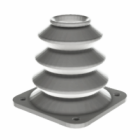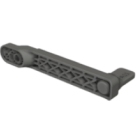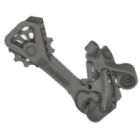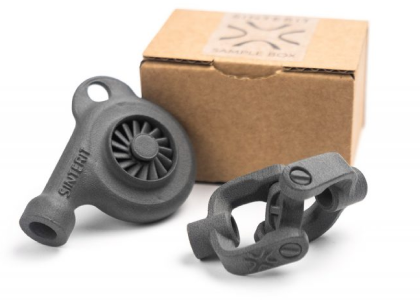3D printed prototype
A 3D printed prototype is one of the most powerful tools in modern product development. It allows designers, engineers, and innovators to bring digital concepts into the physical world quickly and cost-effectively — without tooling, molds, or long lead times. Whether you’re testing form, function, ergonomics, or assembly, 3D prototyping lets you validate your ideas earlier and more often.
What is 3D prototyping?
3D prototyping is the process of creating physical prototypes using additive manufacturing technologies. It stands in contrast to traditional prototyping, which may involve CNC machining, hand modeling, or injection molding — all of which require more time, specialized tools, and often, a higher budget.
In 3D prototyping, a digital design is sliced into layers and built up, one layer at a time, to produce a real, testable object. This approach is ideal for iterative development, where multiple versions of a product must be tested and refined quickly.
Rapid 3D prototyping — speed as a design advantage
One of the main advantages of a 3D printed prototype is speed. Rapid 3D prototyping enables same-day iteration cycles, allowing teams to test concepts, spot design flaws, and implement changes without slowing down development. This agility is especially valuable in industries where time-to-market matters — like consumer electronics, medical devices, and automotive parts.
It also encourages a more experimental, feedback-driven design process, where engineers can afford to fail fast, learn, and improve without waiting weeks between revisions.
3D prototyping solutions: choosing the right technology
Different 3D printing methods serve different prototyping needs. Here are the most common 3D prototyping solutions based on application:
- FDM (Fused Deposition Modeling) – ideal for quick, low-cost concept models and functional tests,
- SLA/DLP (Resin Printing) – best for high-detail, smooth-surface prototypes (e.g. dental, industrial design),
- SLS (Selective Laser Sintering) – excellent for durable, complex parts without supports,
- PolyJet or Multi-Material Jetting – perfect for full-color and multi-material prototypes that simulate final products.
The right method depends on the level of precision, strength, material behavior, and visual realism required in your prototype.
Why do 3D printed prototypes matter?
A 3D printed prototype is more than just a visual mock-up — it’s a hands-on, testable model that helps answer crucial design questions before you commit to production. It helps reduce risk, save cost, and make more informed design decisions. In the early stages of development, the ability to explore multiple directions quickly is often the difference between a product that works… and one that fails.
In short, 3D prototyping empowers teams to move faster, think more creatively, and build with confidence.
Explore also
- 3D printing in medical industry
- 3D printing for dental applications
- Application of 3D printing in industry
- Application of 3D printing in architecture
- 3D automotive: additive manufacturing in car production
- Aerospace additive manufacturing
- 3D printing in civil engineering
- 3D printing in education
Related categories













